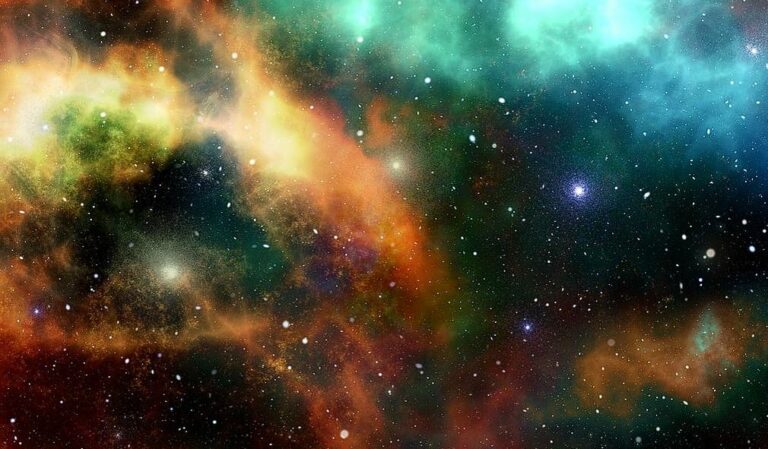Just over a year after its historic launch, NASA’s James Webb Space Telescope (JWST) is challenging astronomers’ expectations of the early universe and showing that massive galaxies likely formed much earlier than predicted.
JWST sees in the far infrared part of the electromagnetic spectrum that is invisible to our eyes, according to NASA. This means that the telescope is optimized to capture light from the early universe, which has been stretched out towards these longer and redder wavelengths as the universe has expanded over time — a process known as redshifting.
Galaxies can come in a variety of types, including beautiful spiral galaxies like our own Milky Way, as well as elliptical or irregular types, astronomer Jeyhan Kartaltepe of the Rochester Institute of Technology in New York said during a press conference at the 241st meeting of the American Astronomical Society in Seattle, Washington.
The Hubble Space Telescope had already spotted all the different types of galaxies as far back as 11 billion years ago, suggesting that their formation had occurred even earlier, she added. Some researchers thought that JWST might finally glimpse these early stages of galaxy formation because the telescope sees further back in cosmic history than Hubble, Kartaltepe said.
She and her team analyzed 850 galaxies between 11 and 13 billion years ago, classifying them according to whether they were spirals, ellipticals, irregulars or some combination of the three. They found that the percentage of each galaxy type remained roughly the same as in the modern universe throughout that time period.
This indicates that galaxies were already fairly mature even at this stage in cosmic history, Kartaltepe said. “We’re really not seeing the earliest formation of galaxies yet,” she added. Her team’s findings have been accepted for publication in the Astrophysical Journal, according to the Rochester Institute of Technology.
more at livescience.com
Ask me anything
Explore related questions





